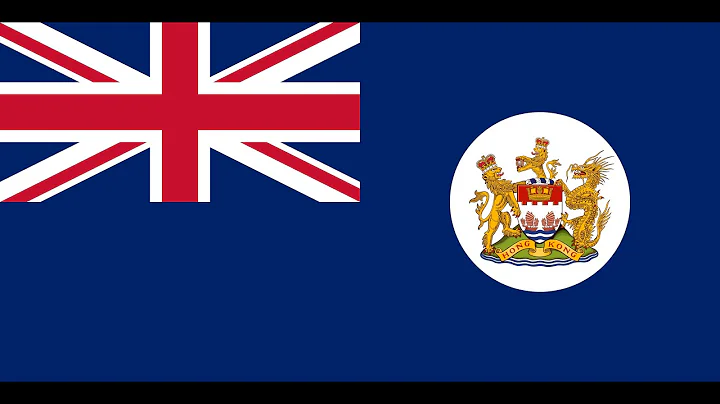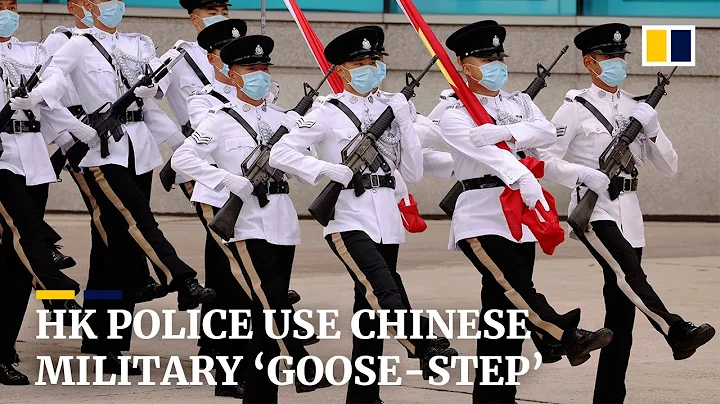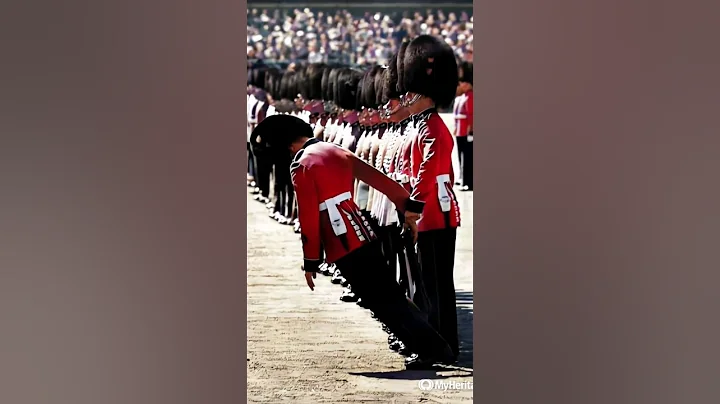 S4 self-propelled mortar began in 1967, and the design was finalized in 1971. The 2S4 was developed by Uraltransmash in the early 1970s. It shares structural parts with the 2S3 and 2S5 152mm self-propelled artillery. Parts and components. The chassis is a GMZ armored mine-laying vehicle. The body is welded from steel plates and has enhanced bullet resistance to defend against small-caliber weapons and shell fragments. The troops began to be equipped in the mid-1970s. Russia has equipped a total of about 400 guns. The main equipment group armies are independent heavy mortar brigades. Each brigade has 2 heavy mortar battalions, each battalion is equipped with 12 guns;
S4 self-propelled mortar began in 1967, and the design was finalized in 1971. The 2S4 was developed by Uraltransmash in the early 1970s. It shares structural parts with the 2S3 and 2S5 152mm self-propelled artillery. Parts and components. The chassis is a GMZ armored mine-laying vehicle. The body is welded from steel plates and has enhanced bullet resistance to defend against small-caliber weapons and shell fragments. The troops began to be equipped in the mid-1970s. Russia has equipped a total of about 400 guns. The main equipment group armies are independent heavy mortar brigades. Each brigade has 2 heavy mortar battalions, each battalion is equipped with 12 guns;

2S4 self-propelled The mortar is the largest caliber self-propelled mortar in service after World War II. It is mainly developed for the implementation of nuclear operations and is usually directly controlled by the frontline command or the highest command. The gun is used to destroy fortifications and field fortifications, annihilate effective forces, and destroy military equipment. The vehicle is 6.45 meters long, 3.25 meters wide and 2.76 meters high. It has a crew of 5 people. The driver is located on the left side of the front of the vehicle. The commander is close behind him. The first gunner and the second gunner are on both sides of the rear of the vehicle. , as for the gunner , it is located in the middle of the right side of the car body. The total combat weight is 27.5 tons. The vehicle body is made of welded armor, which can protect the crew members from enemy 7.62mm machine gun and large-caliber howitzer fragments. There are three defense devices in the vehicle to allow the crew members to continue fighting under nuclear, biological and chemical conditions. ;

2B8 type M-240 240 mm breech-loading self-propelled mortar power system adopts a front layout, located on the right side of the front of the vehicle body, separated from the cockpit by an armored partition. It is mainly equipped with a 520 horsepower output The V-59 12-cylinder water-cooled diesel engine, coupled with the light weight of the vehicle, results in a unit power of 17.7/ton, which makes it highly maneuverable, with a maximum road speed of 60 kilometers per hour and a maximum off-road speed of 30 kilometers per hour. m/h, and the maximum range is 500 kilometers. The bombs are fed in the bomb bay and loaded from the breech. The bomb bay is drum-shaped, each can hold 20 shells of various types, and is fired electrically or mechanically. There are two main types of ammunition used: one is a high-explosive fragmentation projectile, which weighs 130 kilograms and has a maximum range of 9,650 meters; the other is a rocket-assisted high-explosive fragmentation projectile, which weighs 228 kilograms and has a maximum range of 20,000 meters. In addition, it can also launch tactical nuclear artillery shells, chemical artillery shells and other special artillery shells. When received the shooting mission, the mortar placed the bottom plate on the ground through a hydraulic drive system remotely, and the mortar body was lifted backwards. Therefore, the shooting elevation angle was between plus 50 and plus 80°, and the direction of the launch was The boundaries are 10° on the left and right. When shooting continuously at an elevation angle of 60°, the interval between each shot is 62 seconds. When shooting at an elevation angle of 80°, it takes 77 seconds.The reloading action after shooting is very complicated and slow, which is the biggest shortcoming of this system;

Russia has improved the 2S4 mortar: using a new barrel and hydraulic recoil mechanism, fire control system and other electronic systems have also been improved Improved, the performance has improved compared to the previous old models; after the

 S4 was put into service, it successively participated in the Afghanistan War, Bosnian War, Chechen War... In 2015, on the Syrian battlefield, the Syrian army used a The 240mm artillery shell weighing 134 kilograms penetrated the strong fortifications of violent terrorists and killed 60 extremist armed bandits. The Syrian army successively ordered more than 10 improved 2S4 mortars from Russia;
S4 was put into service, it successively participated in the Afghanistan War, Bosnian War, Chechen War... In 2015, on the Syrian battlefield, the Syrian army used a The 240mm artillery shell weighing 134 kilograms penetrated the strong fortifications of violent terrorists and killed 60 extremist armed bandits. The Syrian army successively ordered more than 10 improved 2S4 mortars from Russia;

In 1999, in The Russian army fighting in the Caucasus was ordered to attack a hilltop occupied by Chechen terrorists. Various direct-aimed weapons and small-caliber mortars were unable to effectively attack the rebels. In the end, they had to use the 2S4 self-propelled mortar. The terrorists on the top of the mountain were bombarded fiercely. In the end, most of the terrorists were buried alive by the collapsed mountain, and a few were killed by the explosion shock wave and shrapnel. The Russian army successfully captured the top of the mountain; in the second street battle in Grozny, 2S4 destroyed a large number of Chechen rebels. Many strong strongholds of the armed forces: Once ordinary multi-story building fortifications are bombarded by 240mm mortars, the buildings will collapse and people will die! Many high-rise building fortifications of the Chechen rebels were vulnerable to bombardment by 240mm high-explosive artillery shells and collapsed instantly, greatly reducing the pressure on the Russian army;


During the Russia-Ukraine conflict, the Russian army transferred it to Mali Ubol is used to destroy fascist armed forces: the shells are loaded with 40 kilograms of explosives, enough to collapse a four-story building. The Russian army used the bell-like roar and the shocking power of the huge explosion produced by the gun when it was fired to form a great psychological deterrent to the remaining Ukrainian forces entrenched inside the Azov Steel Plant!


During the offensive and defensive battle in Mariupol, the Russian army used the 1K113 "Brave" laser-guided artillery shell: the total length of the projectile is 1.6 meters, the total weight is 134 kilograms, the warhead charge is 40 kilograms, and the maximum range can reach 9.5 kilometers. The reason why the Soviet Union launched this type of artillery shell was not only to improve the hit accuracy of the target, but also to improve the service life of the gun and reduce the cost-efficiency ratio. The whole system consists of 3Ф5 laser guided artillery shells, 1Д15 laser designator, 1Д20 laser rangefinder , 1Ф35K and 1A35И synchronizer, P-107M/P-108M/TA-57 communication command system, etc.;

has been "trained" by 2S4 , the Ukrainian Nazi armed "cooks" who were hiding in the basement and still fighting were forced to lay down their weapons and surrender to the Russian army - 2S4 thus gained new achievements!

Then, the Russian army continued to transfer them to the most intense battle front, giving the enemy a devastating blow!























